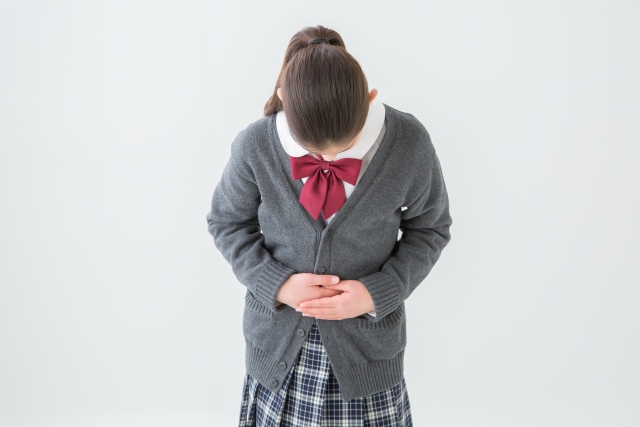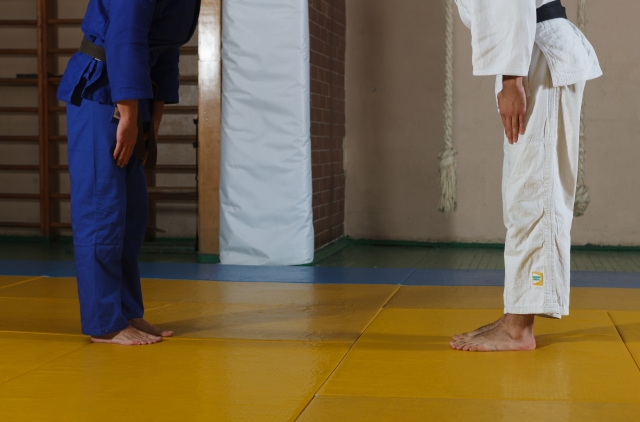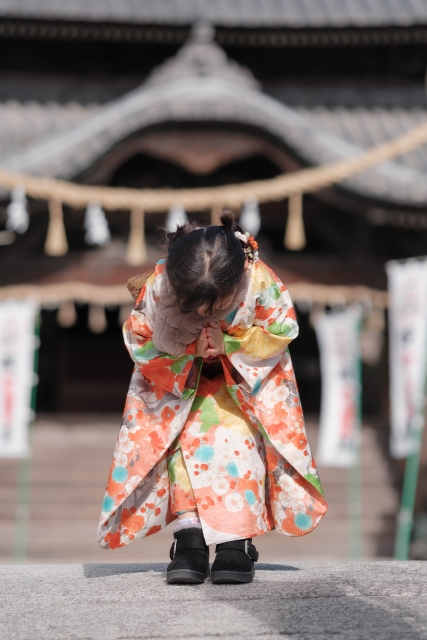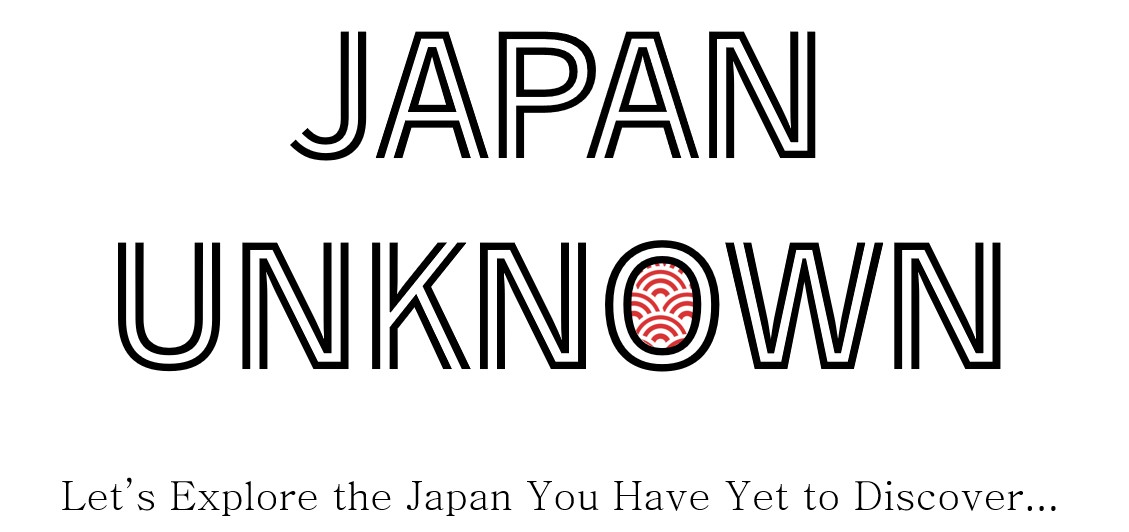Among the many stereotypes associated with the Japanese, one of the most striking is the act of bowing. It is often exaggerated and playfully imitated when people try to mimic the Japanese.
From the perspective of Western countries where bowing is not part of daily life, this custom can seem puzzling—sometimes even amusing.
Yet in Japan, bowing is woven into almost every moment of everyday life.
On street corners, at shop entrances, in workplaces—bows appear naturally, everywhere.
It is a habit learned from childhood, so deeply ingrained that the body moves almost unconsciously.
But why do Japanese people bow so often?
When did this custom begin, and how did it evolve into one of the defining gestures of Japanese identity?
Ancient Origins
The history of bowing in Japan is said to date back to the 6th century, with the arrival of Buddhism.
People lowered their heads deeply during prayers and worship to express reverence, and over time this practice spread into everyday life.
Bowing became a living expression of Buddhist values such as humility and respect for others, embedding itself deeply in Japanese culture.
Later, as the samurai class rose to prominence, bowing took on even greater significance within the strict codes of warrior etiquette.
For a samurai carrying a sword, lowering the head meant exposing oneself defenselessly—a clear declaration of “I have no hostile intent.”
Thus, bowing signified not only respect but also trust. In this sense, it resembles the Western handshake, which originated as a way to show that one was not carrying a weapon.

In the West, the handshake originated as a gesture to show that one was unarmed.
A Culture of Courtesy
The world is full of diverse customs and traditions, all fascinating in their own right.
But even among this diversity, few societies are as rigorously attentive to manners as Japan.
Since ancient times, Japanese culture has valued wa—harmony—over individualism.
Maintaining harmony requires smooth relationships with others, and etiquette has therefore been essential to social life.
Among all forms of etiquette, bowing holds a particularly important place.
It carries meanings far beyond a mere gesture, symbolizing Japanese identity itself and remaining deeply rooted in modern society.
Learning to Bow from Childhood
Through media, we often catch glimpses of school life in Western countries—but one thing we almost never see is children bowing.
In Japan, however, bowing is taught from an early age.
In schools, students always stand and bow together at the beginning and end of class. The sight can almost resemble military discipline, and to those unfamiliar with the custom it may appear surprising.
Yet in Japan, it is nothing unusual—it is simply part of everyday life nationwide.
This practice naturally extends beyond the classroom: into local events, club activities, and daily interactions with friends and adults.
It is not so much that Japanese people “decide to bow”—rather, bows simply emerge naturally. They are the result of countless repetitions in environments where the gesture is constantly reinforced.

Learning to bow from an early age
Virtues in a Simple Gesture
Bowing is deeply embedded in Japanese daily life.
Though outwardly simple, the gesture embodies far more than a greeting: it distills the virtues the Japanese have long cherished.
1. Respect for Others
At its core, bowing expresses respect.
A small nod at the train platform, a deep bow in a business meeting, the solemn bows in an apology press conference—all are outward signs of a desire to maintain smooth relationships.
2. A Moment to Center Yourself
Bowing also serves to center the mind.
In tea ceremony, kendo, karate, and other traditional arts, people say, “Begin with a bow, end with a bow.”
The act shows respect for others, but it also creates a moment to collect oneself before engaging in practice.
In tea ceremony too, a single bow helps sweep away distractions and restore calm.
A careful bow becomes a moment of self-reflection.
3. Humility and harmony
Humility is a central virtue in Japanese culture.
By restraining oneself and elevating others, harmony is maintained.
Bowing makes this spirit of wa visible.
For instance, when a shop clerk bows deeply to a customer, it expresses gratitude: “You are important to us.”
In business, bowing demonstrates humility toward superiors or partners, helping foster mutual respect and smoother relationships.

Japanese martial and traditional arts are often said to “begin and end with rei,” meaning they start and finish with a bow (a gesture of respect).
A bow is not just a greeting—it embodies respect, self-control, and humility all at once.
In that brief motion lies the distilled wisdom and sensibility that have long shaped human connections in Japan.
The Many Forms and Meanings of Bowing
Not all bows are the same—the angle and depth vary with the situation, and Japanese people instinctively adjust their bow to suit the occasion.
This sensitivity reflects the uniquely Japanese habit of considering others and reading the atmosphere.
A light bow of about 15 degrees.
Common when passing a friend or colleague, it allows for a brief exchange without words.
At about 30 degrees, this bow is the most widely used in formal or business settings.
It is the basic style taught in schools and is the bow most Japanese people perform regularly.
With the upper body inclined more than 45 degrees, this bow is reserved for special moments of gratitude, apology, or ceremony. Weddings, funerals, or public apologies often call for this gesture, when words alone cannot suffice.
Its depth conveys both profound respect for others and a strong will to discipline oneself.
The variety of bowing styles shows that bows are more than mere etiquette.
They embody awareness of the situation, consideration for others, and the pursuit of harmony through self-restraint.

Bowing is not just a greeting—it is a gesture that breathes within the rhythm of Japanese daily life.
Within it reside three quiet virtues: respect, humility, and gratitude.
Even in today’s globalized world of cross-cultural exchange, bowing continues to carry an important message about Japanese culture.
The deep meaning contained in a single bow is nothing less than proof of the spirit of wa—the harmony Japan has cherished for centuries. And through this simple, silent act, Japan continues to speak softly to the world.




コメント